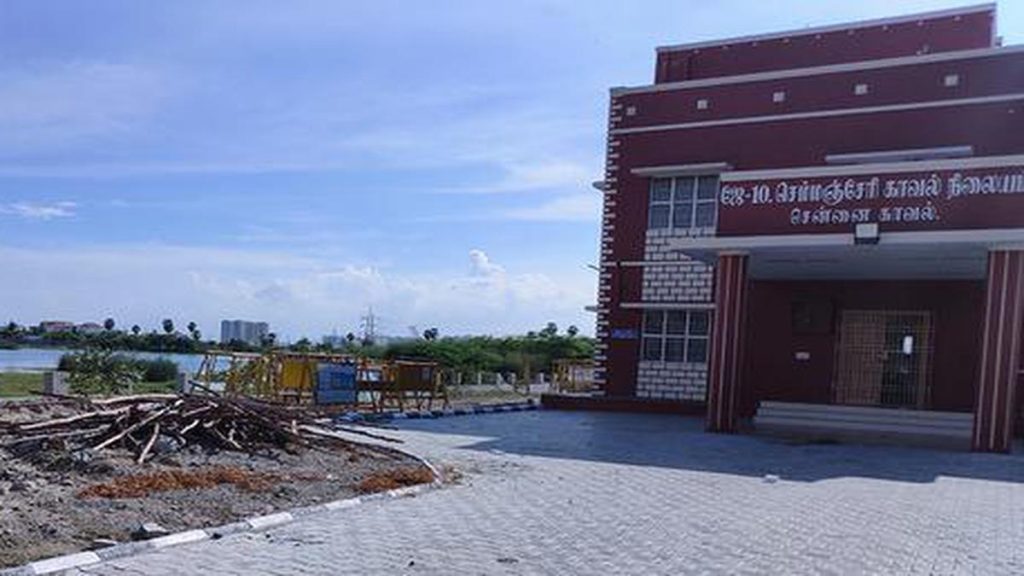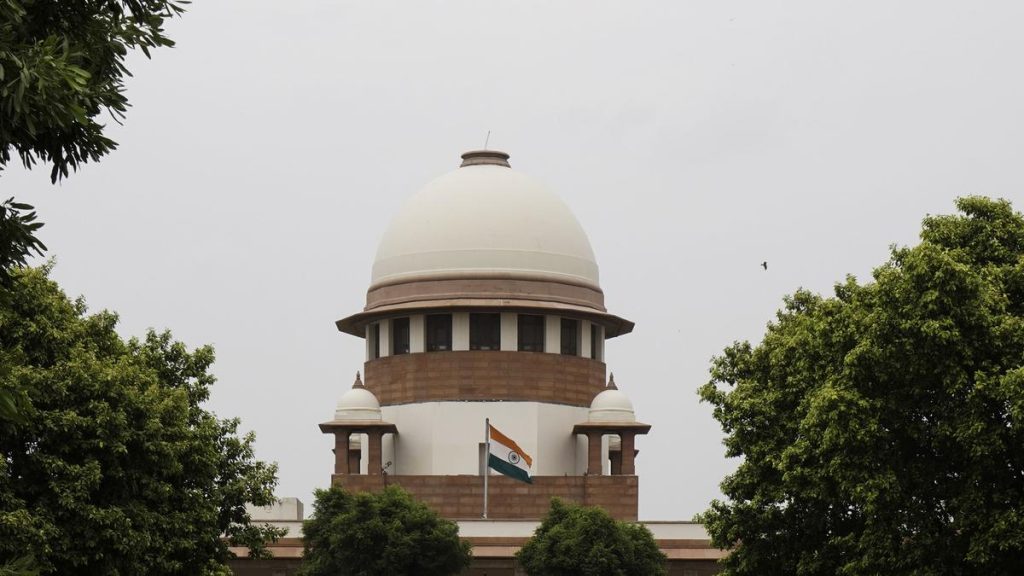Now Reading: Booming Volcano Tourism: Adventure or Risk?
-
01
Booming Volcano Tourism: Adventure or Risk?
Booming Volcano Tourism: Adventure or Risk?

Speedy Summary
- Italy’s Mount Etna erupted on June 2, 2025, with “lava fountains” prompting tourists to evacuate the area.
- Volcano tourism is gaining popularity globally with active volcanoes like Geldingadalur Valley in Iceland and Hawaii’s national parks attracting visitors for their fiery landscapes.
- Volcanic sites such as Mount vesuvius, Pompeii in Italy, and Sakurajima in japan also offer past meaning and fertile lands to locals.
- Risks include poisonous gases (e.g., sulfur dioxide), sudden eruptions, and fatal explosions. Between 2010-2020,volcanic activity killed over 1,143 people worldwide.
- Despite destruction caused by eruptions-such as Hawaii’s Mount Kīlauea destroying homes-tourist curiosity persists due to allure of nature’s raw power frequently enough linked to cultural reverence (e.g., Pele mythology in Hawaii).
Indian Opinion Analysis
Volcano tourism reflects humanity’s fascination with the primal forces of nature but highlights inherent risks for thrill seekers venturing into disaster zones. For India-a nation enriched by geological diversity-it underscores the dual opportunities in eco-tourism while reinforcing safety considerations vital for maintaining sustainable tourism models like its unique hot springs or Himalayan geothermal features.
Unlike regions adapting closely alongside volcanoes such as Kagoshima (Japan), India’s monsoon-driven ecosystem depends heavily on less volatile forces generating economic-geoscience marvels internationally ripe “magma-linked hazard learnings/scope yet pioneering quicker impact geo innovations via UNESCO active scientific mapping collaborations.”Read More

























